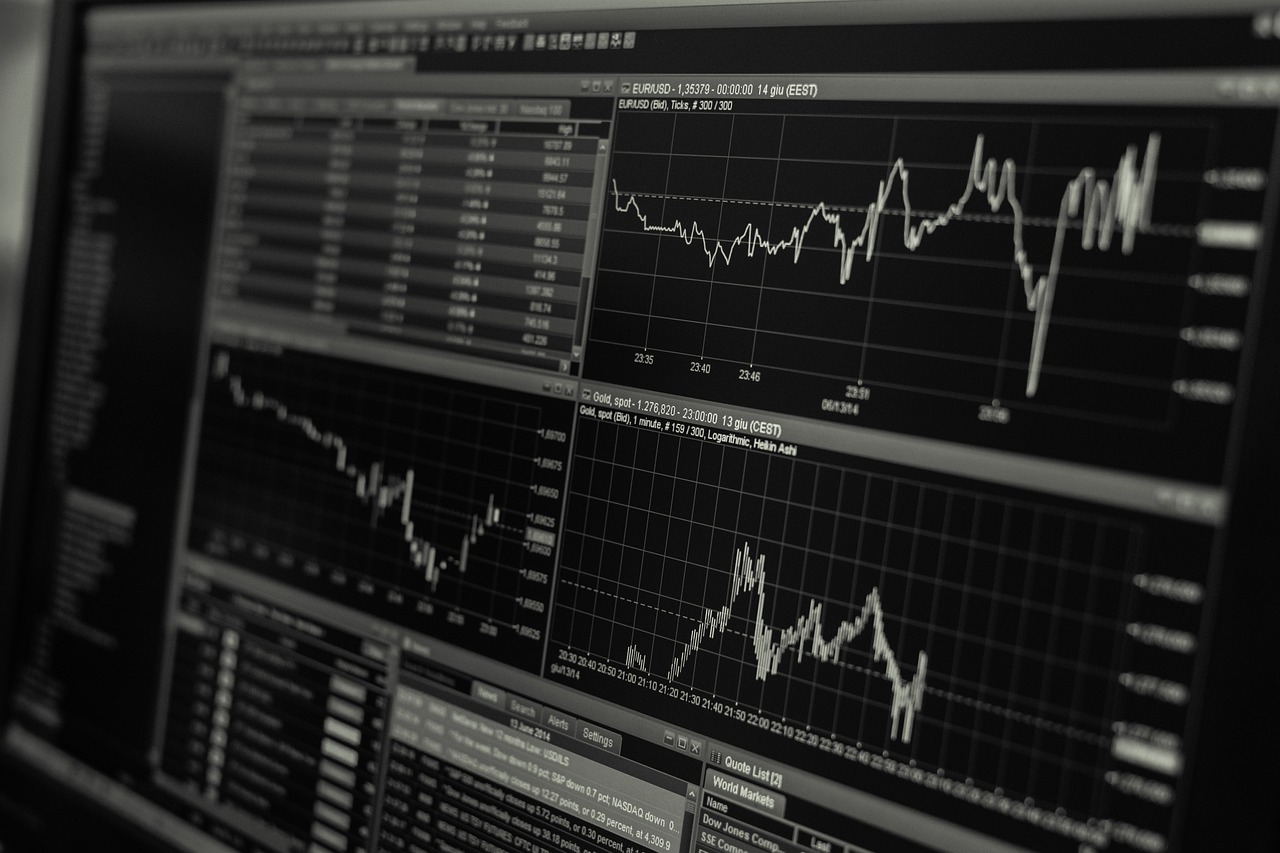Shopify Integrates Graph ML for Enhanced Transaction Forecasting

In a strategic move to bolster its data analytics capabilities, Shopify has announced the integration of Graph Machine Learning (Graph ML) into its transaction forecasting processes. This innovative step underscores Shopify’s commitment to leveraging cutting-edge technology to provide its merchants with advanced tools for optimizing their business operations.
Graph ML is a type of machine learning that is particularly adept at handling data that is structured in graph format. Unlike traditional data which is often linear, graph data is interconnected, making it ideal for identifying complex relationships and patterns. This capability is particularly relevant in transaction forecasting where understanding the interplay between various factors can lead to more accurate predictions.
Transaction forecasting is a critical component for online retailers, helping them manage inventory, optimize pricing strategies, and enhance customer satisfaction. With the integration of Graph ML, Shopify aims to significantly improve the precision and reliability of these forecasts, providing its merchants with insights that are not only more accurate but also more actionable.
Globally, the integration of advanced machine learning techniques such as Graph ML is becoming increasingly prevalent across industries. Companies like Amazon and Alibaba have long utilized sophisticated data analytics to drive business intelligence and maintain competitive advantage. Shopify’s adoption of Graph ML reflects this trend and positions the company at the forefront of innovation in the e-commerce sector.
Shopify’s decision to implement Graph ML is also indicative of a broader shift towards more personalized and dynamic e-commerce experiences. By harnessing the power of graph-based data analysis, Shopify can offer its merchants the ability to anticipate customer needs more effectively, tailor marketing efforts, and optimize resource allocation.
The integration process has involved a collaborative effort between Shopify’s data science teams and external experts in the field of machine learning. Their primary challenge was to ensure that the Graph ML models are seamlessly integrated with Shopify’s existing infrastructure, providing a scalable solution that can handle the platform’s vast amount of transactional data.
One of the key benefits of Graph ML is its ability to incorporate a wide range of data sources, including social media interactions, customer feedback, and market trends, into the forecasting model. This holistic approach allows Shopify to deliver richer insights and helps merchants make informed decisions that can drive growth and efficiency.
Looking ahead, Shopify plans to continue enhancing its data analytics capabilities by exploring additional applications of Graph ML. Future developments may include using Graph ML for fraud detection, customer segmentation, and personalized recommendations, further empowering merchants to thrive in an increasingly competitive digital marketplace.
- Improved Forecast Accuracy: By understanding complex data relationships, Graph ML provides more precise transaction forecasts.
- Enhanced Merchant Support: Merchants benefit from actionable insights that drive strategic decision-making.
- Competitive Edge: Aligns Shopify with industry leaders in leveraging advanced analytics for business growth.
- Scalability: Graph ML models are designed to handle Shopify’s expansive data ecosystem efficiently.
As Shopify integrates Graph ML into its transaction forecasting framework, the company sets a new standard for e-commerce platforms worldwide. This advancement not only exemplifies Shopify’s dedication to innovation but also highlights the growing significance of machine learning technologies in shaping the future of online retail.













